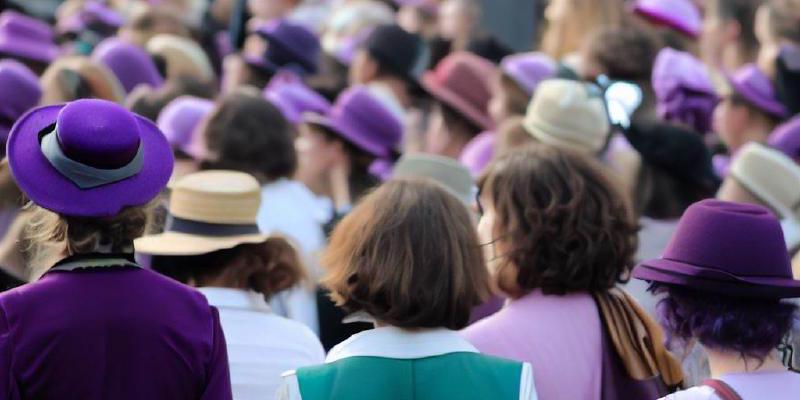It is essential to separate the legitimate fight for women’s rights from the distorted narratives perpetuated by anti-trans activists. Feminism, at its core, strives for gender equality, inclusivity, and the recognition of all individuals’ rights, regardless of their gender identity. It is important to emphasise that improving women’s rights should not be conflated with anti-trans rhetoric. By doing so, we can foster a more inclusive and equitable society where all individuals, regardless of their gender identity, can thrive and be afforded the rights and respect they deserve.
In certain circles, the term “Women’s Rights Activist” has been co-opted by individuals who identify as gender critical, often associated with anti-trans activism. It is crucial to recognise that these individuals hold beliefs that are not only staunchly anti-trans but also fundamentally contrary to the principles and values that have been central to feminism for decades. It is important to distinguish these individuals from genuine feminists and to understand how they exploit the term “women’s rights activist” to advance their anti-feminist agenda.
By adopting the label of women’s rights activists, these individuals seek to create the appearance of being feminist or feminist-adjacent while simultaneously promoting views that are directly opposed to feminist ideals. This deceptive use of terminology enables them to align themselves with other anti-feminists without explicitly revealing their true positions.
What is particularly concerning is that those who identify as anti-trans women’s rights activists tend to focus their campaigns solely on marginalising and excluding transgender individuals from various aspects of society. Their efforts often target areas such as education, where they aim to prevent trans people from being acknowledged and included in school curricula. They also advocate for the exclusion of trans individuals from public facilities, sports, and access to appropriate healthcare.
These activists share a unifying principle rooted in the belief that trans people, under the guise of gender-identity ideology, pose a threat to women and children. They argue that eradicating trans people from society is not only necessary but desirable. Such arguments not only perpetuate harmful stereotypes but also undermine the progress made by feminist movements and the fight for gender equality.
It is important to address key figures associated with these anti-feminist views to shed light on their perspectives:
Kellie-Jay Keen-Minshull, for instance, has expressed disbelief in the existence of the gender pay gap. Moreover, she has gone so far as to suggest that sacrificing reproductive rights would be an acceptable trade-off if it meant harming trans people. Such views not only disregard the systemic inequities faced by women but also demonstrate a concerning lack of empathy and solidarity.
Maya Forstater is another figure who has repeatedly denied the reality of period poverty. This denial not only dismisses the struggles faced by many women but also undermines the importance of addressing systemic barriers that prevent equal access to basic necessities.
Highlighting these individuals and their anti-feminist views is crucial to exposing the ways in which they exploit the term “women’s rights activist” for their own agenda. By distinguishing genuine women’s rights activism from anti-trans rhetoric, we can ensure that the fight for women’s rights remains true to its core values of inclusivity, equality, and justice for all. It is only by rejecting these harmful narratives and embracing a more inclusive perspective that we can create a society where women’s rights and trans rights are mutually reinforcing, leading to greater progress and a more equitable future for all.
